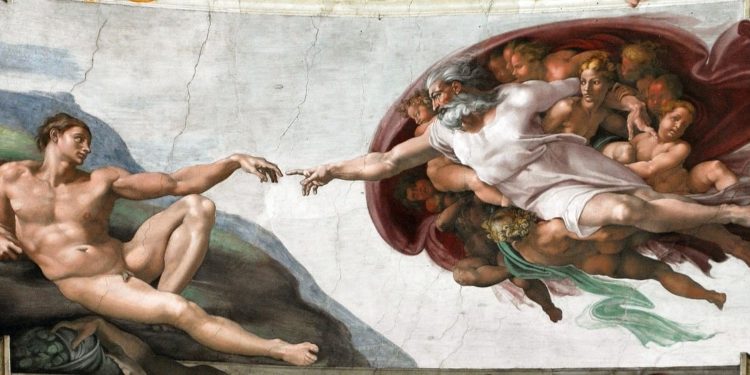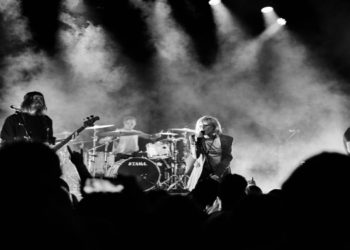The building of the Sistine Chapel in the Vatican is, at first sight, an unremarkable structure. It was built back in the XV century. Inside the building, there are masterpieces of the Renaissance. Michelangelo, Botticelli and other brilliant artists worked on decorating the excellent Chapel.
The construction was led by architects Baccio Pontelli and Giorgio de Dolci. Michelangelo depicted the Last Judgment inside the Chapel. The artist was commissioned by Pope Paul the Third.
History of creation
The Sistine Chapel was named in honour of Sixtus IV della Rovere, who ordered it to be made on the site of a chapel still in operation at that time. At first, the architect B. Pontelli worked on the project. He preserved the old foundations and a third of the Chapel’s height. Specialists who have researched the history of the Chapel say that the architect took as a basis the Temple of Solomon from Jerusalem, erected in 70 AD. The building was completed in 1481. It turned out to be epic, like modern gambling halls or virtual clubs, such as lev casino; after all, the best artists of modern times worked on painting the Sistine Chapel. They decorated the walls with frescoes and paintings depicting stories from biblical scenes.
Chapel decoration
Sculptors carried out the work of organizing the space of the Chapel:
- Bregaux;
- Dalmata;
- Fiesole.
They executed many marble balustrades. Their candelabra were so well thought out that they could divide the free space into several zones. The sanctuary space was always used exclusively by members of the papal entourage. The rest of the building was intended for the laity and the faithful. Only solemn liturgies and other events are currently held in the Sistine Chapel. The papacy comes here to serve only in case of special events.
The painting “The Last Judgment”
Michelangelo was one of those who worked on the decoration of the Sistine Chapel for an extended period. A quarter of a century after the work was completed, he was again invited by the current Pope to the Vatican. He was entrusted with the most critical task – to paint the altar. The fresco “Last Judgment” became the final note in the creation of the design of the Chapel. Michelangelo designed all the images and connected them to a vast wall. He created an illusion: the laity, who says a prayer, rush towards God. Sinners, according to the idea of the author of the mural, descend into the abyss of hell.
The fresco provoked a storm of emotions among church officials. After Michelangelo’s death, they even decided to paint overly naked parts of the characters’ bodies. “Correction of errors” was carried out until the XIX century.
As magnificent as the world’s best modern architectural buildings, Los Angeles casinos or virtual clubs like the Lev official site are, none compare to the actual Vatican Chapel. The building features personifications of scenes from the Old and New Testaments. All of them should be considered as one whole. After all, the paintings tell the story of God’s creation of man.
David Prior
David Prior is the editor of Today News, responsible for the overall editorial strategy. He is an NCTJ-qualified journalist with over 20 years’ experience, and is also editor of the award-winning hyperlocal news title Altrincham Today. His LinkedIn profile is here.













































































